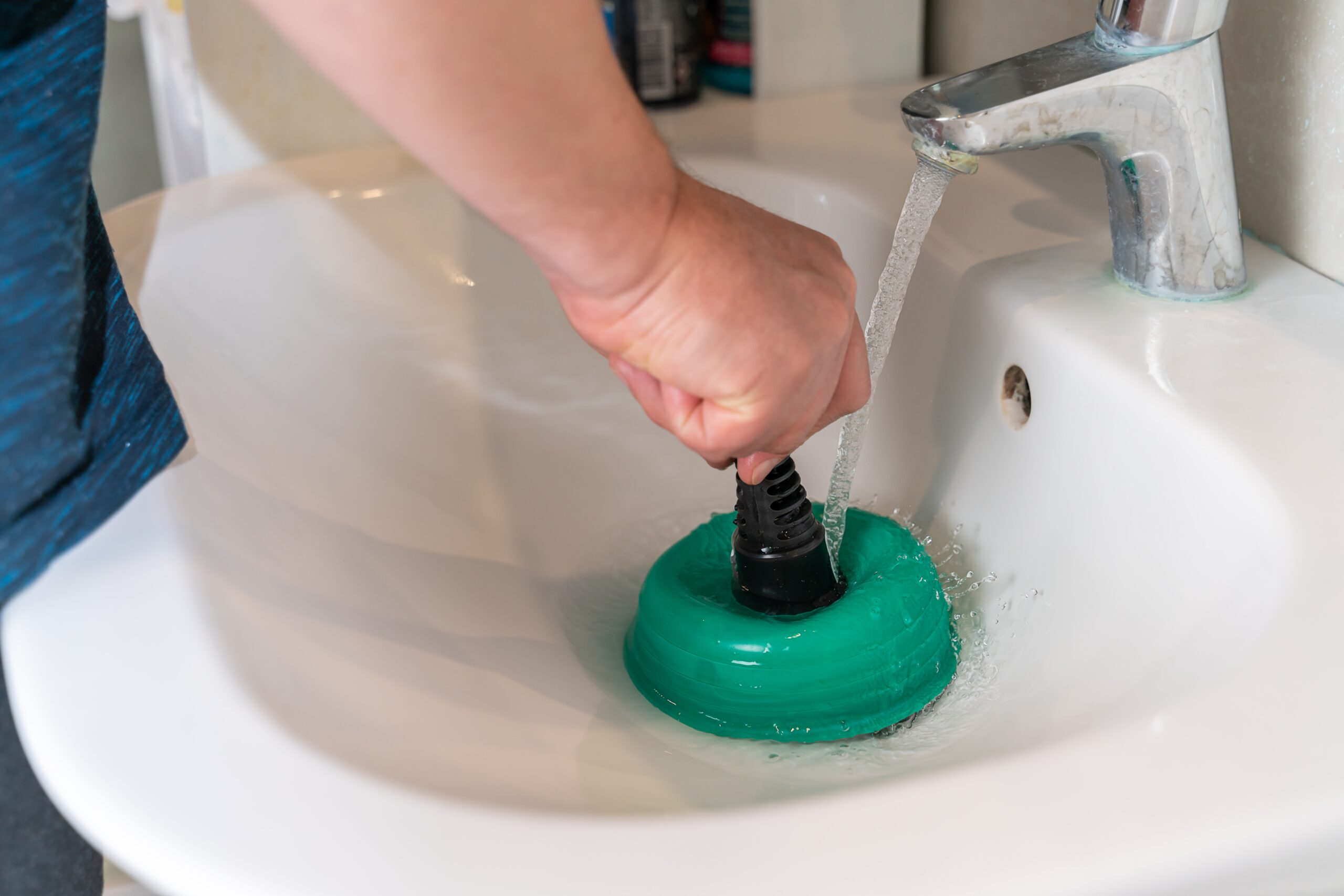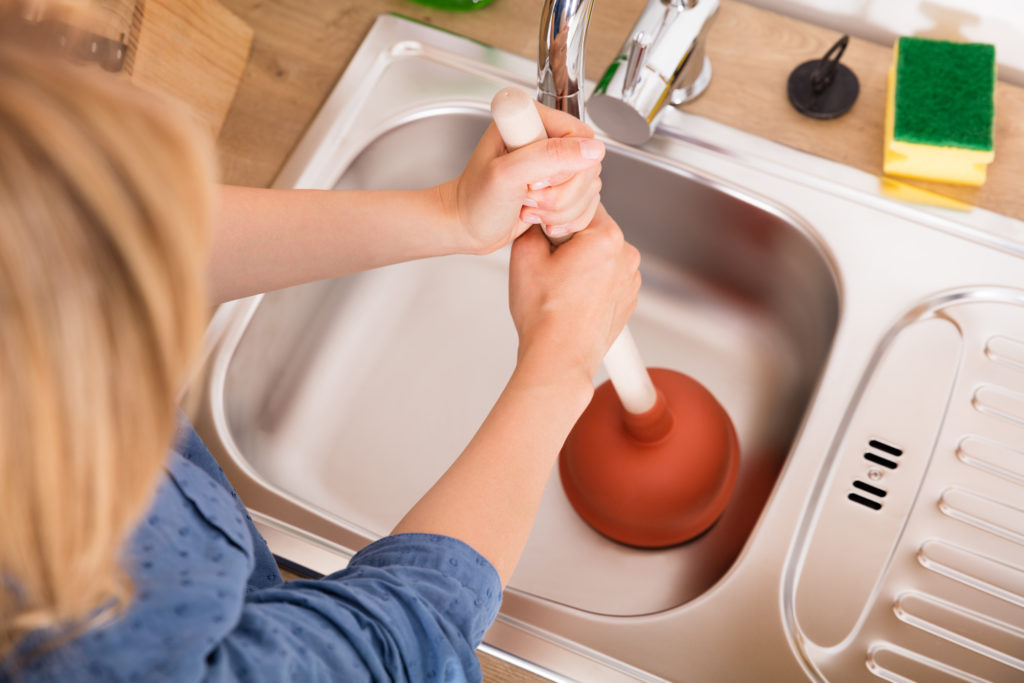What to Address a Blocked Drain Prior to Calling Plumbing Experts
What to Address a Blocked Drain Prior to Calling Plumbing Experts
Blog Article
We have stumbled on the article on How to handle a clogged drain in your home below on the net and believe it made sense to talk about it with you here.

Introduction
Dealing with a blocked drain can be an aggravating experience, disrupting day-to-day tasks and potentially triggering damages to your residential or commercial property. However, prior to reaching out to pipes specialists, there are steps you can require to resolve the concern yourself. In this overview, we'll explore DIY remedies and safety nets to tackle an obstructed drainpipe efficiently.
Recognizing the Issue
The very first step in resolving an obstructed drainpipe is acknowledging the signs. Slow-moving drainage, gurgling noises, foul odors rising from drains pipes, or water backing up are common indications of an obstructed drainpipe. Determining these indications early can aid stop further complications.
Choosing the Right Pipes Service
When choosing a pipes solution, consider variables such as experience, licensing, and consumer testimonials. Choose a trusted plumbing with a record of quality handiwork and clear pricing methods.
Price Considerations
The cost of professional drain cleaning services can differ relying on the severity of the clog and the plumbing technician's rates. Demand quotes from several service providers and ask about any additional charges to guarantee transparency and prevent surprises.
Safety Measures
When attempting do it yourself drain cleansing, focus on security. Put on safety gloves and eyewear to prevent contact with damaging chemicals or germs. Never blend various drainpipe cleaning items, as this can generate dangerous fumes.
Situation Studies
Real-life instances highlight the efficiency of DIY options and the relevance of prompt specialist treatment in dealing with drain blockages.
Typical Reasons For Obstructed Drainpipes
Comprehending the variables that add to drain pipes clogs is necessary for efficient resolution. Common wrongdoers include hair, soap scum, grease, food particles, and foreign items like hygienic items or paper towels. Tree origins attacking below ground pipelines can likewise cause significant blockages.
Do it yourself Solutions
For minor obstructions, a number of DIY remedies can be efficient. Pouring boiling water down the drainpipe can aid dissolve oil and particles. Sodium bicarbonate and vinegar or a mix of salt and cooking soda can work as all-natural cleansers. Using a bettor or pipes serpent to dislodge obstructions is another choice.
Devices and Devices
Having the right tools available can make do it yourself drainpipe cleansing much more effective. A plunger is a flexible device for removing clogs in sinks, commodes, and showers. A plumbing serpent or auger can reach much deeper clogs, while drain cleansing chemicals can be made use of very carefully for persistent obstructions.
Safety nets
To avoid future blockages, taking on safety nets is vital. Mount drainpipe guards or filters to capture hair and debris before they go into the pipelines. Frequently flush drains pipes with warm water to liquify grease buildup, and stay clear of dealing with grease or solid waste down the drain.
When to Call a Specialist
While DIY solutions can fix small clogs, specific indications indicate the requirement for specialist help. Relentless clogs, foul odors in spite of cleansing initiatives, or multiple drains supporting at the same time are warnings that require expert intervention.
Verdict
By following the pointers laid out in this overview, you can properly deal with blocked drains pipes and avoid future pipes concerns. Whether going with do it yourself options or looking for professional assistance, prompt activity is crucial to preserving a healthy plumbing system and protecting the honesty of your home.
How to Clear a Clogged Drain Yourself (And When to Call In the Professionals)
What Can Clog a Drain
Dirt Skin flakes Hair Grease Soap scum Food Offset pipes Tree roots Small objects Mineral buildup DIY Tricks to Unclog a Drain
You can fix this! Once you have identified the source of the clog (or have a vague idea), you can try one or a combination of these fixes in order to clear your plumbing.
Wire Hanger or Snake
Untangle and clear out hair from a drainpipe with a homemade snake. Use a straightened-out wire hanger with a 90-degree angle hook to locate the clog and drag out any unwanted material.
Remember not to push the clog further down to where the wire hanger cannot reach! If you need to follow up with a plunger, give it a try. Your efforts might be more successful after it’s been wire-snaked.
If you want to get fancy and don’t have a wire hanger to spare, head to the store and pick up a hand-operated drain snake. You can get one for $10-$30. It may save you the hassle, and provide additional length to reach deep into the clogged pipe.
Plunger
A cup plunger has a suction cup attached to a wooden handle. The rubber creates a seal around the drain, and increases the pressure force of the plunger.
Plunge for 30-second increments to loosen the clog. This may need to be repeated over the course of 15-20 minutes. Once plunged, run the water to flush the remaining material out of the drain.
Remember– never use a plunger if you have used a chemical drain cleaner. These chemicals can splash up from the force of the plunger and cause serious injury or burns.
Boiling Water
Hot water can sometimes break up materials into a flushable amount. Dirt, grease, and soap buildup requires heat in order to unstick from surfaces.
Take your kitchen kettle and heat your water to a boil. Once it reaches a rolling boil, pour it directly down the drain into the blockage. Carefully follow with plunging, if necessary.
Don’t worry if this takes more than one try! It can often take multiple kettles and repeated plunging in order to clear a particularly stubborn clog.
Chemical Drain Cleaner
As a last resort, pick up a bottle of chemical drain cleaner. Drain-cleaning chemicals are potent, and not very good for the environment.
You may need to wear protective eyewear in gloves before handling your bottle of chemical drain cleaner. Follow the instructions printed on the bottle, and flush with water as soon as the instructions allow. Do not follow with plunging.
Baking Soda and Vinegar
As a safer alternative to chemical drain cleaner, baking soda and vinegar can create a chemical reaction that clears tough clogs.
Combine one cup of cleaning vinegar with one cup of boiling water, and set aside. Once you have done this, pour half a cup of baking soda down the drain. Give the baking thirty seconds to settle and cover a large portion of the problem drain.
Following the baking soda, pour down your vinegar and hot water solution. Once the vinegar and baking soda combine, the mixture will bubble and fix. Let this reaction fizzle in the drain for about an hour.
After an hour, follow with a kettle’s worth of hot water. The heat and liquid should flush out any remaining material.
When to Call a Plumber
If your DIY attempts haven’t cleared your clog drain, it’s time to call in a professional. It’s not worth losing access to your kitchen sink or high-traffic bathroom. A clog in a vital area can keep you from the things you’d rather be doing, and derail your routine.
Anytime a clog is causing water to spread is a time to call in a plumbing service. What starts out as a little bit of water can quickly grow into serious, expensive water damage.
Additionally, a serious clog can result in burst pipes or serious leaks. Make sure you know when to take it seriously!
https://myguysnow.com/how-to-clear-a-clogged-drain-yourself-and-when-to-call-in-the-professionals/

I stumbled upon that review about Tips for Dealing with Clogged Drains and Sewer Lines when looking around the search engines. Sharing is nice. Helping others is fun. Thank you for your time spent reading it.
Top Article Report this page